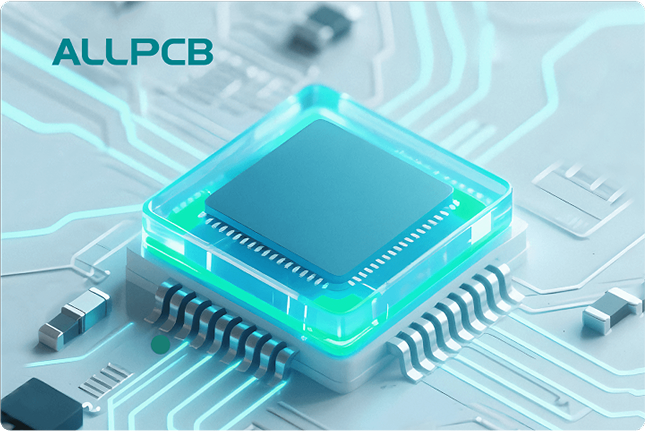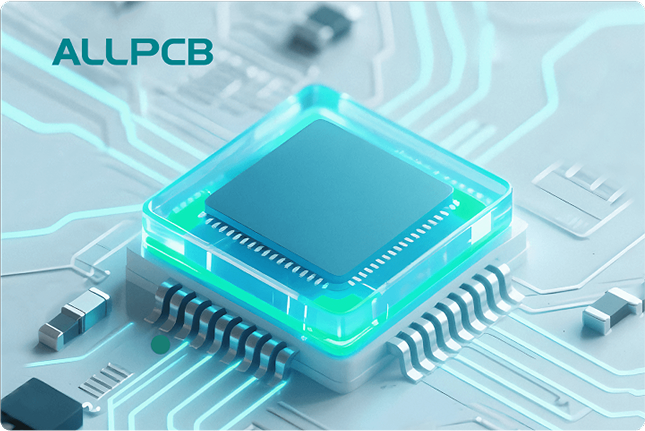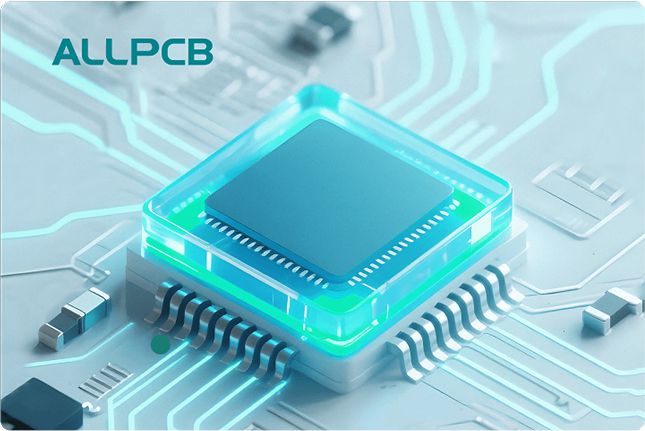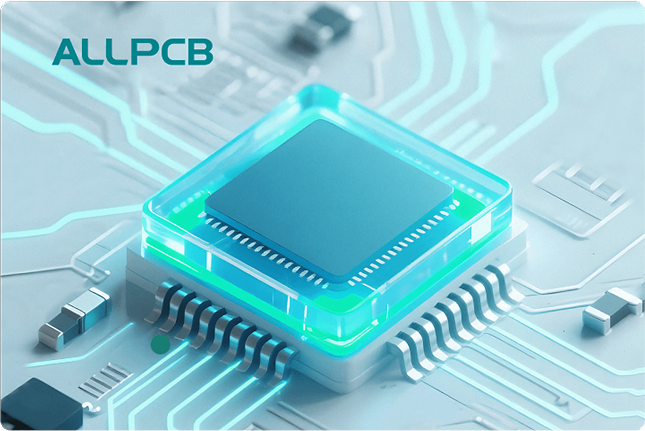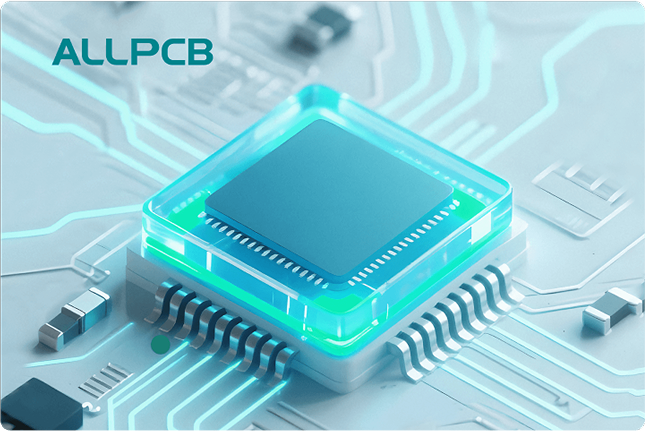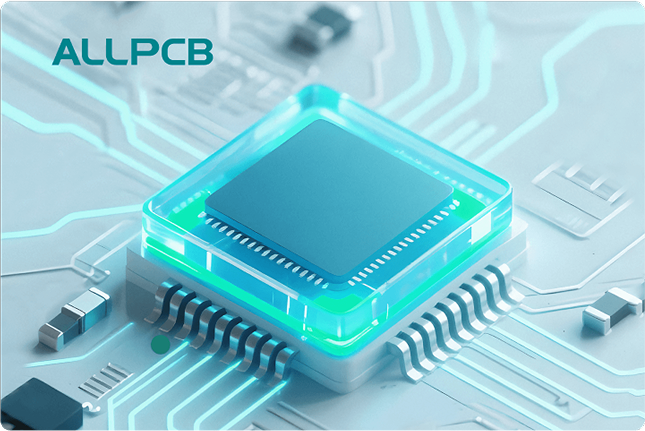In the fast-paced world of electronics, where smaller and faster often seem better, you might wonder why an older method like Through-Hole Technology (THT) assembly still holds a place in modern designs. Simply put, THT assembly remains relevant due to its unmatched durability, reliability, and suitability for specific applications. Whether it's for high-power components or prototypes, THT offers unique benefits that newer methods sometimes can't match. In this blog, we'll dive deep into THT assembly applications, THT assembly advantages, and when to use THT assembly in today's electronics landscape.
What Is THT Assembly and Why Does It Matter?
Through-Hole Technology (THT) assembly is a method of mounting electronic components onto a printed circuit board (PCB) by inserting their leads through pre-drilled holes and soldering them on the opposite side. Unlike Surface Mount Technology (SMT), which places components directly on the board's surface, THT creates a strong mechanical bond, making it ideal for certain scenarios.
While SMT has taken over much of modern electronics manufacturing due to its compact size and automation-friendly process, THT hasn't disappeared. It still plays a vital role in industries where reliability and robustness are non-negotiable. From automotive systems to industrial machinery, THT assembly continues to prove its worth.
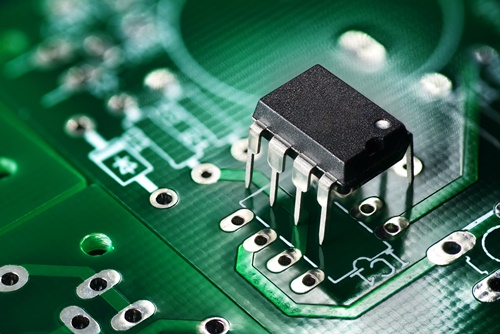
The Key Advantages of THT Assembly
Understanding the THT assembly advantages helps clarify why this technology remains relevant. Let's break down the main benefits that keep THT in demand even in 2025.
1. Superior Mechanical Strength
One of the standout benefits of THT assembly is its mechanical strength. The leads of components pass through the PCB and are soldered on the other side, creating a robust physical connection. This makes THT ideal for applications where the board might face vibrations, shocks, or mechanical stress. For example, in automotive electronics, where components must withstand constant movement and temperature changes, THT ensures connections don't fail.
2. High Reliability for Harsh Environments
THT components are known for their durability in extreme conditions. They can handle high temperatures, humidity, and other environmental stressors better than many surface-mounted alternatives. This reliability is why THT is often used in military and aerospace applications, where failure is not an option. A typical THT solder joint can endure thermal cycling—repeated heating and cooling—without cracking, often outperforming SMT joints in tests simulating harsh conditions.
3. Easier Prototyping and Repairs
For engineers and hobbyists, THT assembly is a go-to choice during the prototyping phase. The larger size of THT components makes them easier to handle and solder manually compared to tiny SMT parts. If a component fails, replacing it on a THT board is straightforward—just desolder, remove, and insert a new one. This ease of repair also makes THT a preferred option for educational projects and small-scale production runs.
4. Better Power Handling Capabilities
THT components, often larger than their SMT counterparts, can manage higher power levels. For instance, power resistors or large capacitors in THT format can handle currents and voltages that might overheat or damage smaller SMT equivalents. In power supply circuits, where components might deal with voltages exceeding 50V or currents above 5A, THT ensures safety and performance.
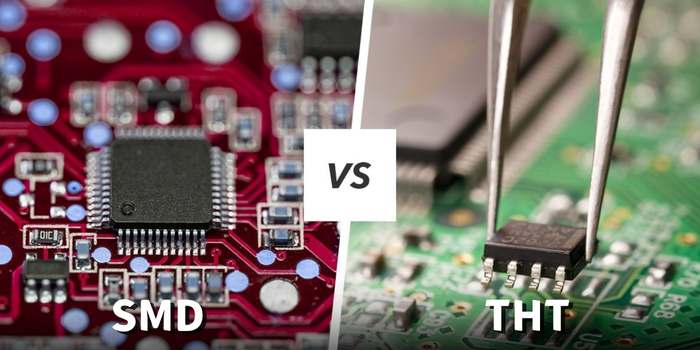
Common THT Assembly Applications in Modern Electronics
While THT assembly might seem like a relic of the past, its applications are very much alive in specific sectors. Exploring THT assembly applications reveals where this technology shines in today's world.
1. Automotive Electronics
In the automotive industry, electronic systems control everything from engine performance to safety features. Many of these systems use THT assembly for critical components like relays and connectors. The mechanical stability of THT ensures that connections remain intact despite the constant vibrations and temperature fluctuations inside a vehicle. For example, control units in heavy-duty trucks often rely on THT for long-term reliability.
2. Industrial Equipment
Industrial machinery often operates in harsh environments with dust, moisture, and extreme temperatures. THT assembly is widely used for components in power control systems, sensors, and motor drivers. The robust solder joints of THT can withstand these conditions, ensuring uninterrupted operation in factories and plants.
3. Aerospace and Military Systems
Reliability is paramount in aerospace and military electronics. THT is frequently used for high-stakes applications like communication devices, radar systems, and navigation equipment. The technology's ability to endure mechanical stress and thermal cycling makes it a trusted choice for equipment that must perform flawlessly under pressure.
4. Consumer Electronics with High Power Needs
While most consumer gadgets now use SMT for compact designs, some devices still incorporate THT for specific parts. For instance, audio amplifiers and power adapters often use THT for large capacitors and transformers that handle significant power loads. These components need the extra stability and heat dissipation that THT provides.
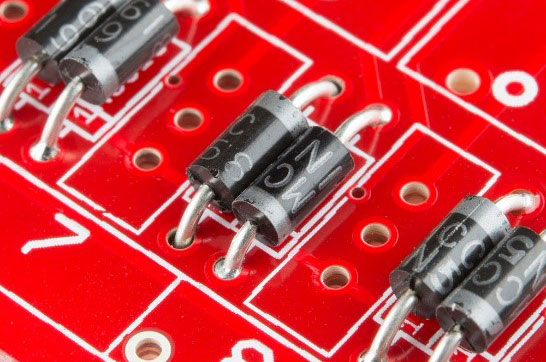
When to Use THT Assembly in Your Projects
Knowing when to use THT assembly can make a big difference in the success of your electronic design. While SMT dominates for compact, high-volume production, THT has its own niche. Here are key scenarios where choosing THT makes sense.
1. When Durability Is Critical
If your project will face harsh conditions—think extreme temperatures, vibrations, or mechanical stress—THT is often the better choice. Its strong solder joints provide a level of durability that SMT can't always match. For example, in outdoor equipment like weather monitoring devices, THT ensures components stay secure even in windy or wet conditions.
2. For High-Power Applications
When your circuit involves high voltage or current, THT components are usually more suitable. They can handle power levels that might cause SMT components to fail due to overheating. If you're designing a power supply circuit with components rated for over 100W, THT is likely the safer bet.
3. During Prototyping and Testing
In the early stages of design, when you're still testing and tweaking your circuit, THT offers unmatched convenience. The larger components are easier to work with, especially if you're soldering by hand. Plus, if something goes wrong, swapping out a THT component is much simpler than dealing with tiny SMT parts.
4. For Low-Volume or Custom Builds
If you're working on a small batch of custom boards or a one-off project, THT can be more cost-effective. It doesn't require the expensive automated equipment often needed for SMT assembly. This makes THT a practical choice for niche products or specialized equipment where production volume is low.
Challenges of THT Assembly in Modern Electronics
While THT has clear benefits, it’s not without its drawbacks. Understanding these challenges helps you make informed decisions about whether to use this technology.
1. Larger Size and Space Constraints
THT components are bulkier than SMT parts, which can be a problem in designs where space is limited. Modern electronics often prioritize compactness, so THT might not fit well in ultra-small devices like smartphones or wearables. The drilled holes for THT also take up valuable board space, reducing the area available for other components.
2. Slower Assembly Process
Compared to SMT, which is highly automated and fast, THT assembly can be slower, especially if done manually. Even with automated insertion machines, the process of drilling holes and soldering through them takes more time. This can increase production costs for large-scale manufacturing.
3. Higher Costs for High-Volume Production
For mass production, THT often costs more than SMT due to the additional steps involved, like drilling and manual soldering. If your project requires thousands of units, SMT might be the more economical choice unless durability or power needs dictate otherwise.
Balancing THT and SMT in Hybrid Designs
In many modern electronics, engineers use a hybrid approach, combining THT and SMT on the same board. This strategy leverages the strengths of both technologies. For instance, a circuit board might use SMT for small, low-power components like resistors and microchips, while employing THT for high-power elements like connectors and large capacitors.
Hybrid designs are common in power electronics, where space efficiency and durability must coexist. By carefully planning the layout, you can optimize the board for both performance and reliability. This balance is especially useful in applications like renewable energy systems, where inverters need compact logic circuits alongside robust power-handling components.
Future of THT Assembly in Electronics
Despite the dominance of SMT, THT assembly isn't going away anytime soon. Innovations in manufacturing are making THT processes more efficient, with automated systems reducing assembly time. Additionally, as industries like automotive and aerospace continue to demand high-reliability components, THT will maintain its relevance.
Emerging trends also show THT being adapted for specific modern needs. For example, advancements in materials for THT components are improving their thermal performance, making them even better suited for high-power applications. As long as there are electronics that need to withstand tough conditions, THT will have a place in the industry.
Conclusion: THT Assembly’s Enduring Value
Through-Hole Technology assembly might be considered "old" by some, but its value in modern electronics is undeniable. With clear THT assembly advantages like durability, reliability, and ease of prototyping, it remains a critical choice for specific projects. By understanding THT assembly applications—from automotive to aerospace—and knowing when to use THT assembly, you can make smarter design decisions that balance performance and cost.
At ALLPCB, we’re committed to supporting engineers with the right assembly solutions, whether it’s THT, SMT, or a hybrid approach. By recognizing the unique strengths of each method, you can build electronics that meet the demands of today’s world while preparing for the challenges of tomorrow.
 ALLPCB
ALLPCB


